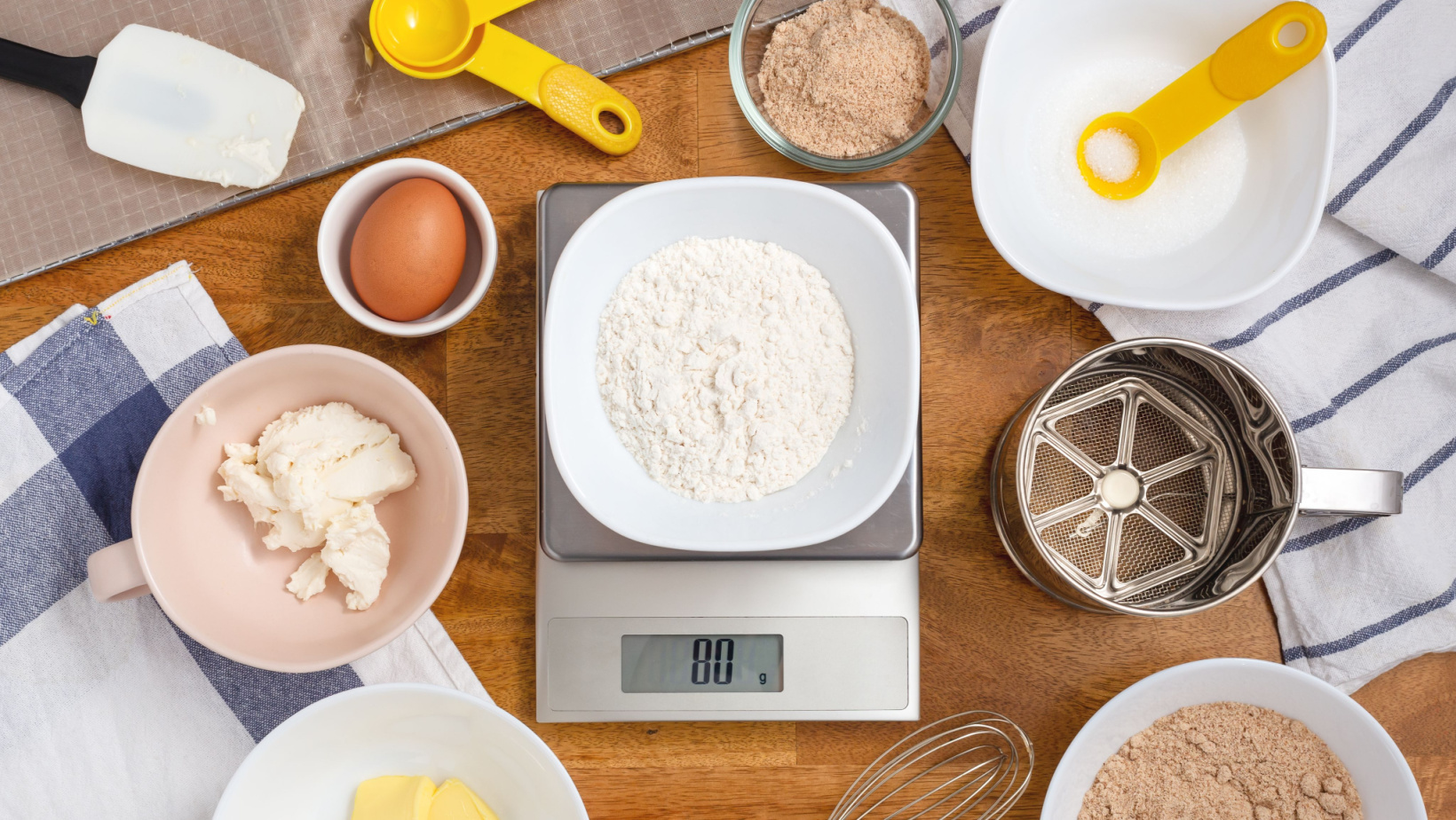What Are All These Percentages?
It’s more and more common to see the percentage symbol (%) in a recipe these days. Whether it’s baker’s percentage, hydration, or a suggested usage ratio. The percentage can be confusing to some who have never cooked this way. But little do most people know that all recipes start with a percentage. Although we don’t say it or it wasn’t commonplace, time has shown us that the success development and execution of a recipe is based on its percentages.
“ Why are we seeing more and more percentages on recipes?”
Math/Meals
There are a few ways that you will see percentage is used in a recipe. The most uncommon is a recipe that does not use grams or teaspoons. It only uses percentage numbers. It will look a little something like this.
- Flour 60%
- Water 40%
- Yeast 2%
- Olive Oil 15%
- Salt 3%
This is a recipe that can easily be scaled as long as you know what you’re looking at. You can take any amount of flour and then calculate exactly how much water, yeast, oil and salt should be used. For this example we can use some simple numbers. Let’s just say we have 60 g of flour. Then you would need 40 g of water, 2 g of yeast, 15 g of oil, and 3g of salt. This can be scaled depending on how much of a certain ingredient you have or want to use. This style of recipe/formula is very uncommon to see in a cookbook. It is a great way to give a recipe that does not require exact amounts.
The second type of recipe you will see is a baker’s percentage. A baker’s percentage is based on the amount of flour in the recipe. So rather than knowing the overall percentage of every ingredient for the entire recipe you will need to base everything off of the total amount of flour. Below is an example of a Baker’s percentage recipe.
- Flour 60g (100%)
- Water 40g (60%)
- Yeast 2g (0.3%)
- Olive Oil 15g (2.5%)
- Salt 3g (0.5%)
This type of recipe is great for bread making because if you are using a large amount of flour you can easily calculate everything off of the weighted amount of the flour. This is also used to know exactly how much hydration a dough contains.
The last in most common will be a single use percentage ratio. This is when you find a type of ingredient that needs to be used in a specific ratio for best results. This is not commonly used for flavorings or spices. This is for functional ingredients such as thickeners, gelling agents, emulsifiers, etc. They will look like this.
Soy lecithin usage ratio: 1%
This is confusing for most people because it seemingly doesn’t tell you how to add it to a recipe. If you were to add it to the same recipe as above. You should start by measuring all the ingredients in the recipe. If you are using a scale make sure you get a total weight of the ingredients in a recipe. Then you’ll need to do a bit of math and find out what 1% of the total weight is. For this example we made it extremely easy by making the total weight 100 g. What is one percent of 100? That’s right you guessed it, it’s 1 g. Yes I do realize that there is a very very minor discrepancy between total weight before and after adding the functional ingredient. On a small scale this will not change the recipe. But on a large scale it may. At 100 g you’re only seeing a fluctuation of about .01 g. On a large scale you could end up seeing a fluctuation of 1000 g. So this all depends on the recipe that you are creating. Small scale it should not affect the recipe but on a large scale try to take into account the changes in the total weight by adding an ingredient based on percentages.
So the next time you are attempting to read a recipe that uses percentages, reference this guide for help. And until next time keep cooking!



1 Comment.
My partner and I absolutely love your blog and find most
of your post’s to be exactly I’m looking for.
Do you offer guest writers to write content in your case? I
wouldn’t mind writing a post or elaborating on a lot of the subjects you write in relation to here.
Again, awesome web site!